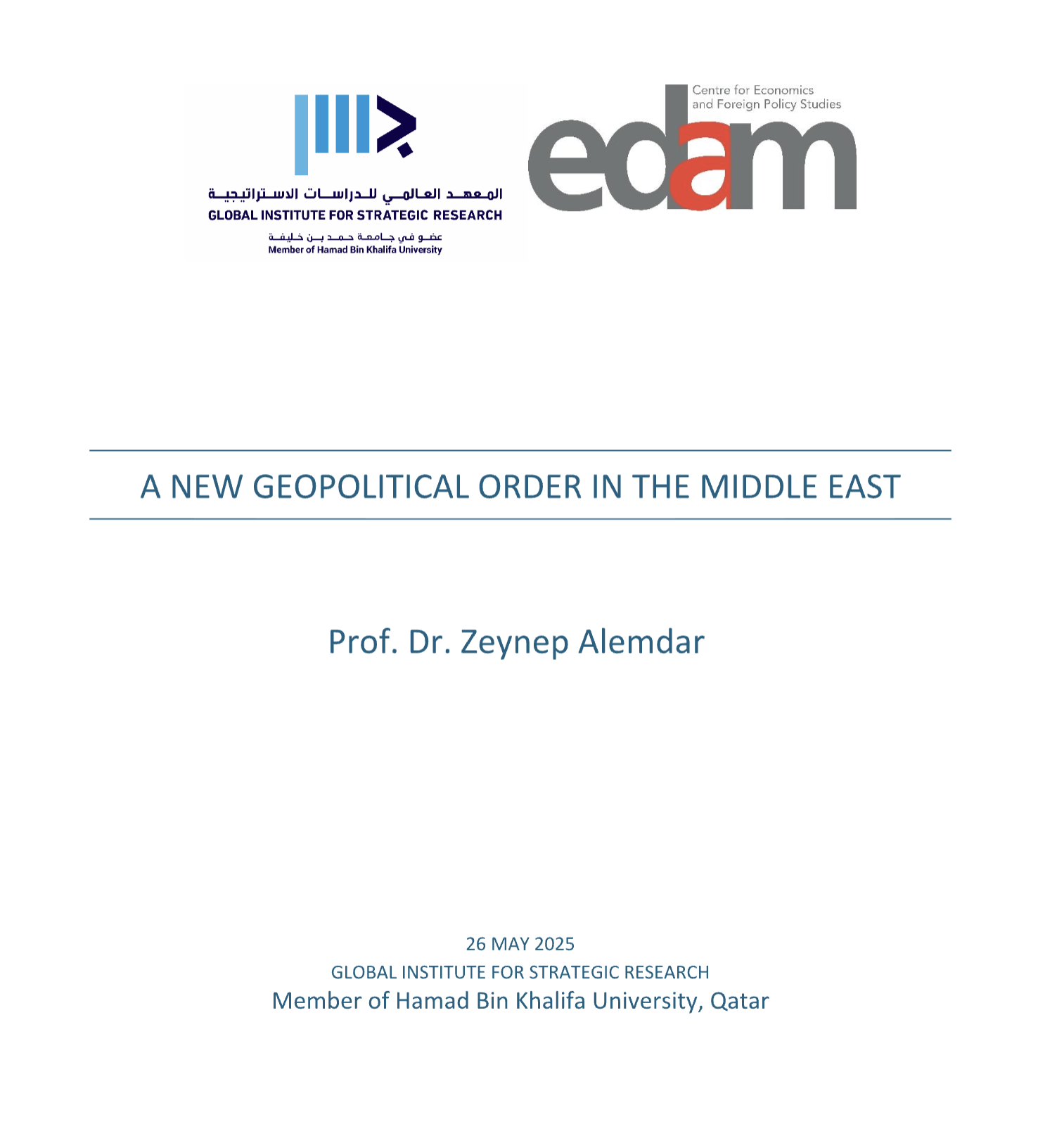Click here for the full report
In the fourth discussion paper on EDAM’s Syrian Civil War Discussion Paper Series, EDAM Research Fellow Can Kasapoğlu analyzes the no-fly zone options for Syria. The imposition of a no-fly zone would significantly undermine the regime’s ability to target Syrian citizens and opposition elements given the importance of air-superiority to the regime’s military campaign. But enforcing a no-fly zone over Syria would be a harder task than the recent Libya case. While Syria’s ageing static air defenses, inadequate C4I (command, control, communications, computers, and intelligence) network, and relatively incapable fighter aircraft would not be sufficient to withstand a U.S.-led operation, an unpredictable deployment of man portable air defense systems (MANPADS) and mobile air defense systems could cause problems for Western aircraft, especially at lower altitudes. While passive and active defenses (distant basing, missile defenses and longer range stand-off weapons such as cruise missiles) provide some security against ballistic missile threat, Assad’s possession of robust stockpiles of chemical (and allegedly biological) agents and ballistic missiles also poses considerable challenges for neighboring countries. Thus, in order to limit the regime’s long-range retaliatory capabilities, the air operation would likely have to target Syria’s ballistic missiles, as well as aircraft capable of delivering WMD.










